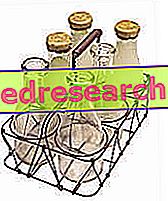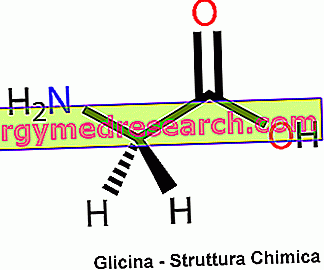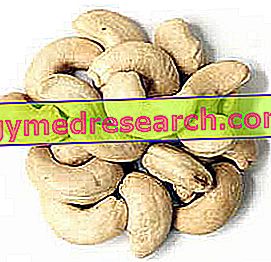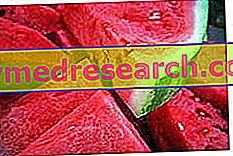Among the many types of milk, the donkey's one comes closer than any other to that of a woman. Unlike the vaccine, which must necessarily be lengthened with water and added with bread crumbs (given the reduced digestibility and the large nutritional differences that separate it from breast milk), donkey milk has been widely used in the past when human breastfeeding (mother or nurse) was not available.

The situation is different for those newborns who are not breastfed and who become allergic to cow's milk formulations. In this sense, donkey milk, suitably integrated, can be considered a valid alternative to hypoallergenic formulations (cow's milk protein hydrolysates). The last word, in this sense, belongs exclusively to the pediatrician, also considering the need for further clinical investigations on this application of donkey milk. Absolutely to avoid, in these cases, the buffalo, goat and sheep milks, which can trigger important allergic reactions, due to the phenomenon of cross-reactivity (unlike donkey milk, contain proteins with amino acid sequences similar to those of cow's milk).
Like all milks of animal origin, even the one of donkey contains lactose and therefore cannot be suitable for people intolerant to lactose (for which there are special lactose-free milks or plant substitutes, such as rice or soy milk).
| Average milk composition of various species and energy value * | ||||||||
Guy of milk | Dry leftover % | Fat% | Protein% | Casein % of the total protein | Whey % of the total protein | Lactose% | Ashes% | Energy value kj / kg |
Human | 12:43 | 3:38 | 1.64 | 35 | 65 | 6.69 | 00:22 | 2855.6 |
Asina | 9.61 | 1:21 | 1.74 | 33 | 67 | 6:23 | 00:43 | 1939.4 |
Mare | 9:52 | 0.85 | 2:06 | na | na | 6:26 | 00:35 | 1877.8 |
Bovina | 12:38 | 3:46 | 3:43 | 80 | 20 | 4.71 | 0.78 | 2983.0 |
Goat | 13:23 | 4.62 | 3:41 | 84 | 16 | 4:47 | 0.73 | 3399.5 |
Sheep | 19:52 | 7:54 | 6:17 | 84 | 16 | 4.89 | 0.92 | 5289.4 |
(*) The composition of donkey's milk, like that of other animal species, varies in relation to feeding and the lactation stage; the data reported in the table - taken from the studies of different authors - represent average values.



